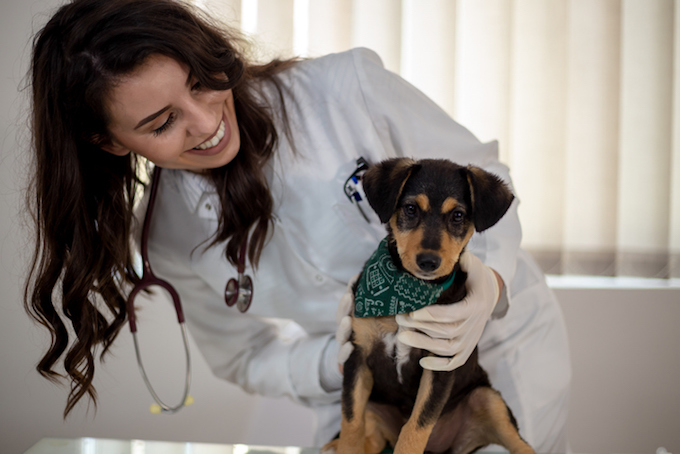Mass protrusion from the vaginal area in dogs happens when vaginal tissue protrudes from the vulva. The condition can make it hard for a dog to pee.
Generally, younger dogs are affected by the condition more than older dogs. Additionally, certain breeds suffer from the condition more often than normal, including Labrador Retrievers, Springer Spaniels, and German Shepherds.
Technically, the condition is also known as vaginal hyperplasia and prolapse in dogs.
If you see the signs of the condition in your dog, then get to a veterinarian for a proper diagnosis and treatment.
Here’s what you should know about the symptoms, causes, and treatments for the condition.
Symptoms of Mass Protrusion from the Vaginal Area in Dogs
The condition produces a range of symptoms. The symptoms are classified into three groups. For example, group one symptoms include:
- Pain
- Problems peeing
- Discharge
- Licking the genitals a lot
Group two symptoms include:
- Visible protrusion
- Redness
- Inflammation
Group three symptoms include:
- Large visible protrusion
- Increased pain
- Not being able to sit down
- Problems walking
Causes of Mass Protrusion from the Vaginal Area in Dogs

The cause of the condition can be a number of things. For instance, some of the common causes include:
- Constipation
- Not being spayed
- Kidney failure
- Kidney stones
- Difficult labor
Additionally, the following breeds develop the condition more often than usual:
- Labrador Retriever
- German Shepherd
- Springer Spaniel
- Saint Bernard
- English Bulldog
- Boxer
- Airedale Terrier
- Mastiff
- Weimaraner
Treatments for Mass Protrusion from the Vaginal Area in Dogs
Firstly, your vet will ask about your dog’s symptoms. Secondly, your vet will ask about your dog’s full medical history. This will include breed-specific problems.
Thirdly, your vet will carry out a vaginal examination of your dog. Usually, the condition can be diagnosed at this stage.
Generally, treatment depends on the severity of the condition. For example, your dog will need to be spayed if they are suffering from stage three of the condition.
However, if your dog is diagnosed with stage one of the condition, an Elizabethan collar can help stop your dog aggravating the condition.
Additionally, your vet can prescribe antibiotics for your dog if there are any infections present. As always, if your vet prescribes your dog any medicine, make sure to stick to the correct dose and frequency instructions. Also, complete the full course of medicine.
Have you ever cared for a dog who suffered from this condition? How did your vet help your dog recover? Let us know in the comments section below.




